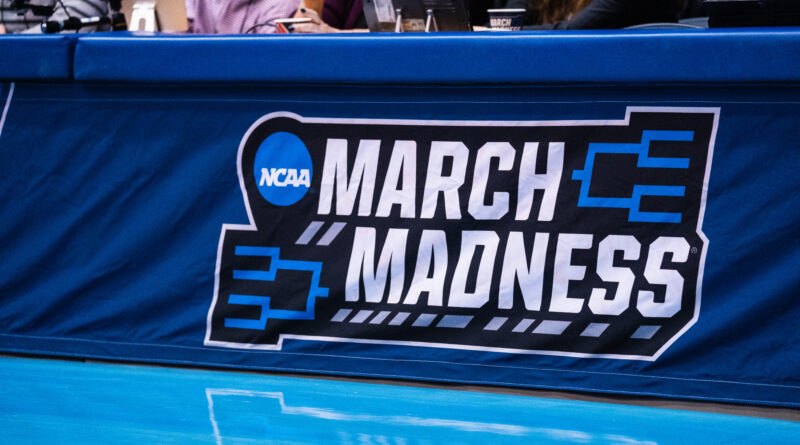NCAA Tournament First Four More Than Moneymaker
Leonard Villari | Contributing Writer
When the NCAA Men’s Basketball Tournament comes to Dayton each March, it’s not just about the games — it’s about the economic impact felt throughout the city. For nearly two decades, the First Four has brought opportunities, revitalized the Downtown, attracted tourists, and fueled growth that extends well beyond the UD Arena court.
The First Four has been held at UD Arena since 2001, bringing a significant economic boost to the community. Jacquelyn Powell, president and CEO of Destination Dayton, told the Dayton Daily News that last year’s First Four generated about $5.8 million in revenue for the city.
This year’s games are expected to bring in another $5 million in direct spending for the Dayton community, according to Jeff Hoagland, president of the Dayton Development Coalition, in an interview with WTDN.
Since 2001, Dayton has seen a direct economic impact of more than $110 million from the First Four, said Sarah Spees, director of business development and projects at the Dayton Development Coalition, to the Dayton Daily News.
Earlier the week of March 24, this reporter spoke with Dayton City Commission Matt Joseph for Flyer News about the economic impact of the First Four.
“The economic impact is huge,” Joseph said. “For a long time, we’ve been trying to recover as a city. We had our peak in population and economic output in the late ‘60s and early ‘70s. For 50 years, we’ve been trying to get that back.”
According to a Forbes Business article about the book Dayton: The Rise, Decline, and Transition of an Industrial City, Dayton’s decline stemmed from several factors. Educated, higher-income white residents moved to the suburbs as Black and lower-income white families migrated into cities. Cheaper suburban commuting, job losses in manufacturing, and rising urban crime rates also made suburban living more attractive.
The First Four has played a key role in revitalizing Dayton, especially by encouraging the development of new infrastructure.
“We’ve seen a ton of new hotels in the city, which hasn’t happened in a long time. The regular influx of guests for the First Four helps makes the case for hotel operators to invest here. They know they’ll have steady business—not just from the tournament, but from soccer events, base visitors, and other travelers,” Joseph noted.
The teams that participated in the First Four have also enjoyed their time in Dayton. North Carolina head coach Hubert Davis told the Dayton Daily News, “This is my first time in Dayton. Obviously, I’ve seen the First Four over a number of years with the NCAA Tournament, and the atmosphere, everyone here—from the hotels to the buses to the people working here at this facility—has been so kind and nice. It’s just been a great experience for all of us.”
The First Four has been a game-changer for Dayton’s economy. With millions of dollars in direct spending each year, the city hopes to continue leveraging the event’s success to drive tourism, attract investment, and support local businesses.
“Having annual events like the First Four brings tremendous visibility and draws a lot of people to Dayton,” Joseph said. “You can’t really put a dollar value on that. It’s a rare opportunity, and we’re lucky to have great people working to keep these events here.”
In 2026, the First Four is scheduled to tip off in Dayton on March 17 and 18, according to NCAA.com.
EDITOR’S NOTE: Leonard Villari produced this article as a student in CMM 334 Sports Writing, offered every spring through the Department of Communication. Students with an interest in journalism gain valuable experience in the practice of journalism through stories they are assigned to produce, which includes live coverage of Dayton basketball and interviews with coaches and professional journalists. Flyer News publishes a lot of the work produced by the students, who earn academic credit and valuable writing samples to show potential employers.

